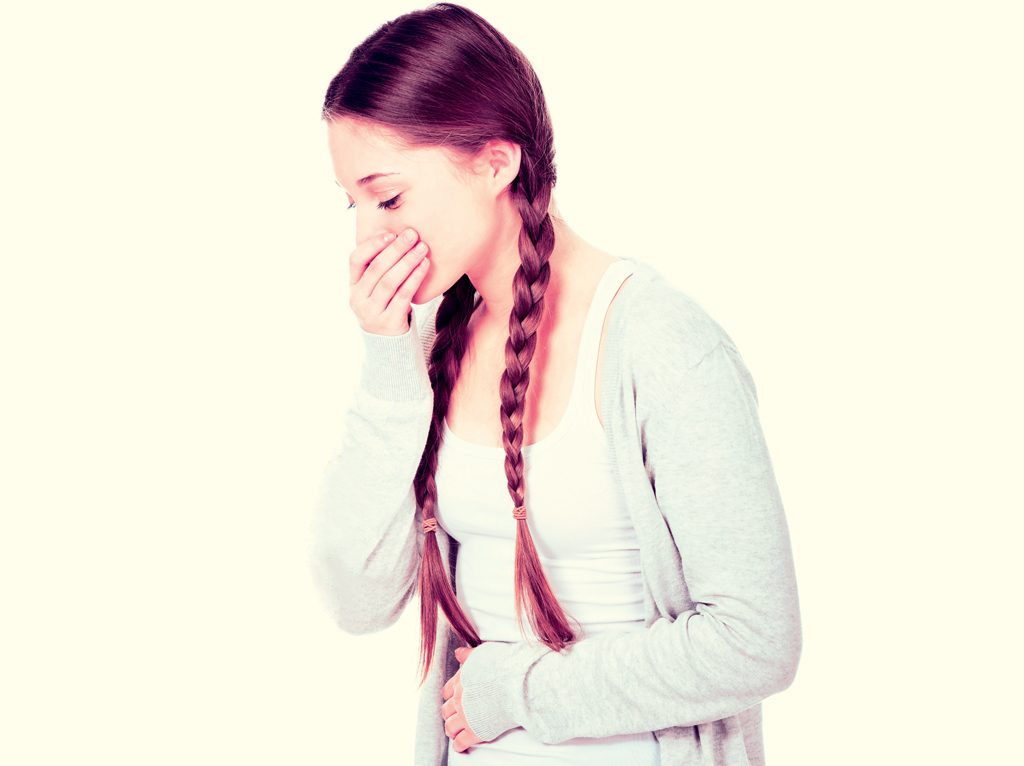
Many women go through life suffering and accepting menstrual cramps as ‘just one of those things’. As many of us have heard from mothers, aunts or peers, menstrual cramps medically known as dysmenorrhoea – is par for the course for being a woman. However, there are cramps and then there are cramps!
Menstrual cramps occur because the uterus contracts throughout the menstrual cycle. Hormone-like substances (prostaglandins) involved in pain and inflammation trigger the uterine muscle contractions. Higher levels of prostaglandins are associated with more severe menstrual cramps.
Mild cramps refer to pain or discomfort felt just above or behind the pubic bone or in the lower back during your menses. This level of pain is tolerable and does not interrupt daily activities. In most cases, better nutrition, exercise, the use of supplements and the occasional painkiller will help reduce the discomfort. In the case of bad cramps, the pain is so intense that it affects daily activities such as attending school or going to work. This type of cramp disturbs rest and necessitates taking painkillers regularly. Chronic severe cramps need to be investigated and treated.
Categories of Cramps
Painful menses is usually divided into two groups.
- Primary dysmenorrhoea refers to cramps that start one to two years after the onset of menses. This pain is not often severe though it can be occasionally debilitating for a teenager. The pain is thought to be an imbalance in the prostaglandin hormones and is usually not related to any specific problem in the uterus or ovaries.
- Secondary dysmenorrhoea is painful menses that develops later in life in women who previously had normal periods. It can be related to problems in the uterus or ovaries.
Because of this, painful secondary menses is of concern. You should seek medical attention if painful menses are a new problem and more so if there are changes in your period. Watch out for fluctuations in the cycle lengths and any changes in the flow pattern. Seek medical help especially if the pain starts to affect your ability to perform daily activities and if you do not find relief from normal painkillers.
Apart from pain, some alarm bells include menstrual pain associated with abnormal bleeding (eg. staining between periods), when the pain is localised to only one side of the abdomen or if there is abdominal distension or bowel changes (sudden constipation or diarrhoea). Watch out for warning signs such as the constant need to pass urine. Unintended loss of weight, chronic giddiness or fatigue could also indicate a more serious underlying problem.
Some likely causes of painful menstrual cramps include:
- Endometriosis: A painful disorder where the tissue that normally lines the inside of the uterus grows outside it onto the ovaries, bowel or tissues that line the pelvis. This causes excessive bleeding and pain.
- Uterine fibroids: Growths – typically non-cancerous that grow in or just outside the womb. They develop from the smooth tissues of uterus muscle cells.
- Endometrial polyps: Soft tissue growths that grow out of the lining of the womb.
- Pelvic inflammatory disease: Inflammation of the female genital tract, accompanied by fever and lower abdominal pain.
- Pelvic adhesions: Scar tissue caused by infection, surgery or endometriosis that block or distort the fallopian tubes.
- Stress and anxiety: Can cause hormonal changes that lead to an increased severity in menstrual cramps.
A range of investigations may be done to detect these problems. This includes an ultrasound examination of the pelvis and blood tests for hormonal irregularities and nutritional deficiencies.
Combating Period Pain
While I do not prescribe homeopathic or aromatherapy remedies, they may provide relief. Cramping muscles may find some relief with warm therapy – a hot shower, hot water bottle or even warm tea. It has been said that drinking green, ginger or raspberry leaf tea also helps to reduce the pain. Gentle exercise like walking or yoga triggers betaendorphins, which are internal opioids. Some women also find relief from vitamin B6, calcium and magnesium supplements.
Most importantly, manage your stress levels. Meditate, do breathing exercises or try gently massaging your abdomen. Certain essential oils have also been said to provide pain relief and one can certainly try lavender, ylang ylang, peppermint, clary sage and cypress. Mix two to three drops in an unscented oil or lotion for a gentle massage or use in a diffuser. If these methods fail, try over-the-counter medications. If you try a few of these remedies over the next three cycles but do not find any relief, make an appointment with a medical professional.






